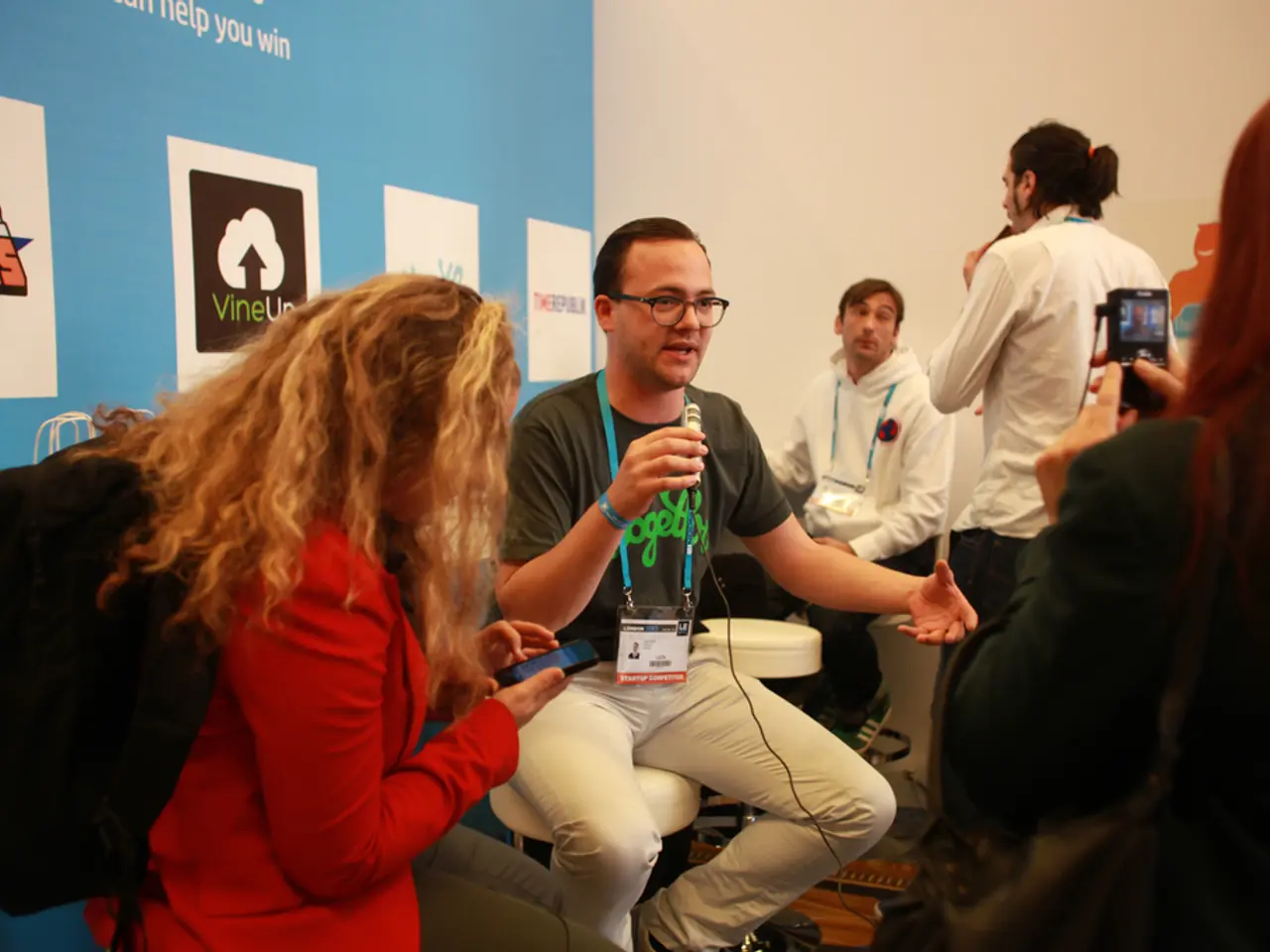Hiring Exceptional Candidates: A Comprehensive Guide to Successful Interviewing Practices
Behavioral interviewing, a structured approach that focuses on past experiences to predict future job performance, has several advantages over traditional methods.
Advantages of Behavioral Interviewing
- Improved Predictive Validity: By asking specific questions about past behaviors, behavioral interviewing provides a more accurate prediction of future performance compared to traditional interviews.
- Reduced Bias: The structured nature of behavioral interviews helps in comparing candidates fairly by minimizing personal biases.
- Better Candidate Experience: Behavioral interviews often give candidates a realistic impression of the job requirements.
Comparison to Traditional Methods
Traditional interviews, often involving unstructured or semi-structured questions, can be subject to biases such as first-impression bias, making them less reliable in predicting job performance. Behavioral interviews, on the other hand, are rated as effective by 86% of respondents in a LinkedIn survey, emphasizing their ability to assess soft skills and provide a more consistent evaluation process.
While technical skills tests are generally considered more predictive of job performance than behavioral assessments, combining both can provide a more comprehensive view of a candidate's potential. Behavioral interviews, however, are more effective than traditional unstructured interviews in terms of predictive validity and fairness.
Key Techniques in Behavioral Interviewing
The STAR method encourages candidates to give specific, real-life examples of their experiences and actions. This method consists of Situation, Task, Action, and Result. Behavioral questioning sequences involve follow-up questions that help to understand a candidate's thought process and decision-making.
The contrast method, another advanced technique, involves asking candidates to share both a time they succeeded and a time they failed in the same skill area. This can provide valuable insights into a candidate's character, resilience, and learning ability.
Best Practices for Behavioral Interviewing
Vague responses should not be accepted in behavioral interviews. If a candidate gives a generic or hypothetical answer, redirect them with a request for a specific example. Leading questions should be avoided in behavioral interviews. Instead, ask open-ended questions that don't suggest the desired answer.
To create a competency-based interview guide, start by figuring out what matters in the role and list the top 4-6 must-haves for success. Behavioral interview questions are specific and focus on real experiences and results.
A simple rating scale can be used to score candidates' answers, keeping things consistent. Focusing only on recent examples is a common pitfall in behavioral interviews. Sometimes the most revealing examples come from earlier in a candidate's career or from different contexts.
The funnel approach, another advanced technique, starts with a broad question and then zooms in on specific details. This can help to draw out more detailed and insightful responses from candidates.
Behavioral interviewing was developed by industrial psychologists in the 1970s and has since become a widely used method for hiring. By integrating behavioral interviews into the whole hiring process, from preparing for the interview to evaluating the candidates' answers after the interview, organizations can make more informed hiring decisions.
- Incorporating education-and-self-development and career-development, a candidate's mindset can be assessed through the use of behavioral interviewing techniques, such as the STAR method or the contrast method, which delve into past experiences to understand their resilience and learning ability.
- To ensure fairness and predictive validity during the hiring process, organizations can employ behavioral interviewing as part of their skill-training strategy, asking specific questions about past behaviors to foresee future job performance, thereby reducing biases often prevalent in traditional interview methods.
- By focusing on behavioral questioning sequences and adopting best practices like the funnel approach, organizations can derive richer, more insightful information from candidates, enhancing their ability to select individuals with the necessary skills and attitudes for career development and long-term success.




